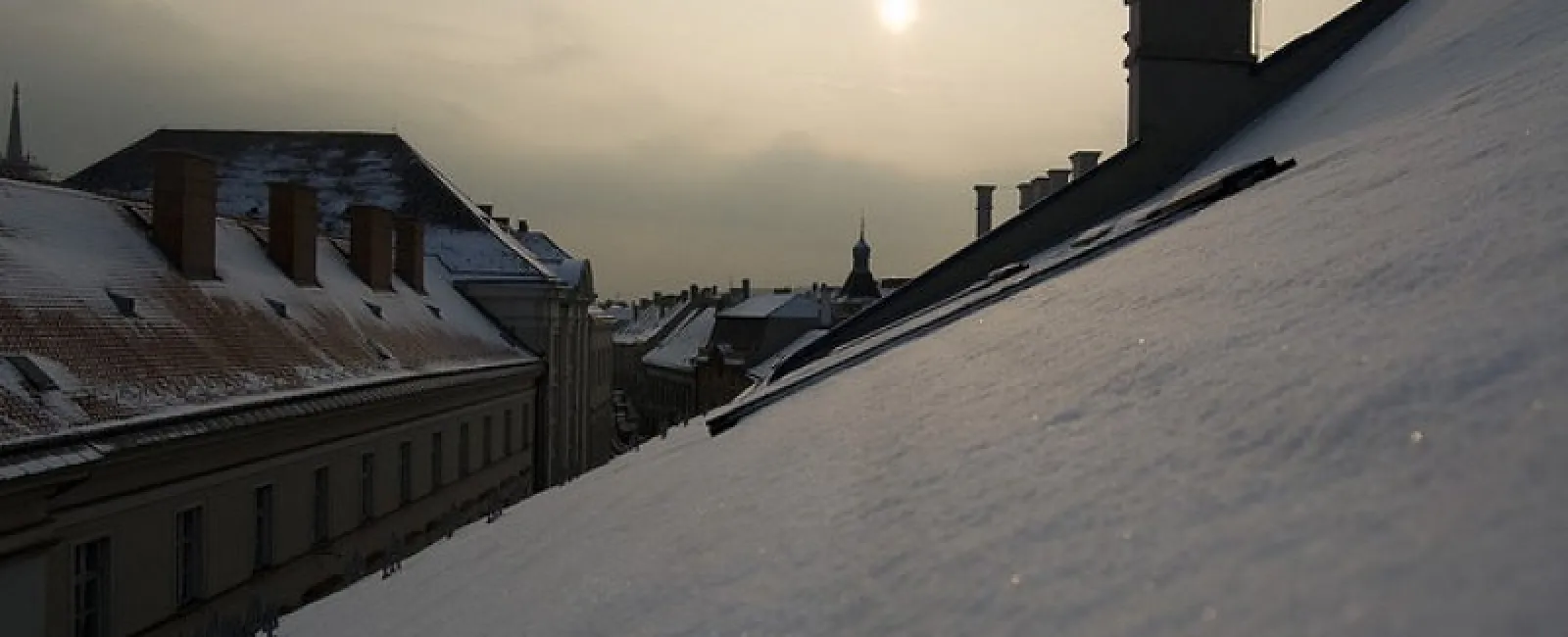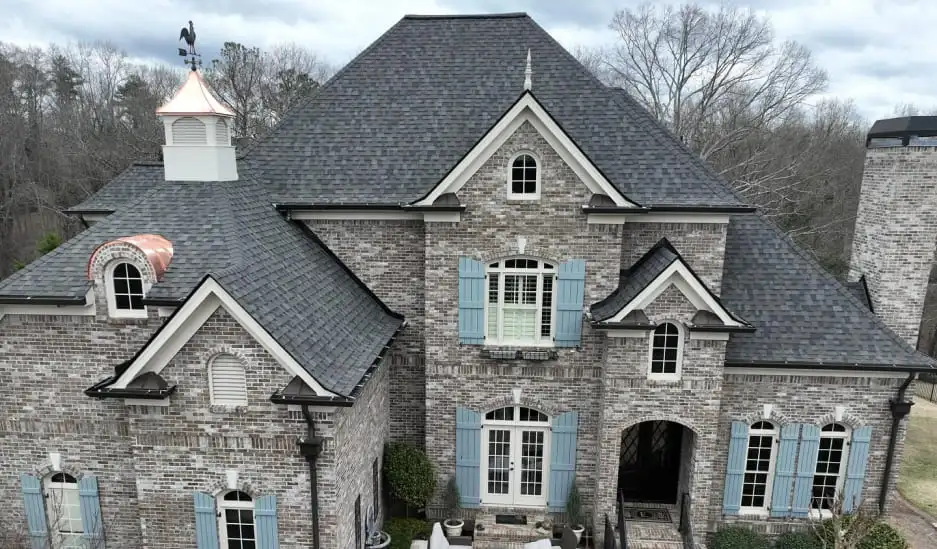Your roof and temperature change does not always make for a winning combination: Hot summers and freezing winters can both have dangerous effects on older rooftops.
Heat, energy and weakened materials
The basic rule that most people will recognize is that heat causes materials to expand and cold (generally) causes materials to contract. As a result, during the hottest days of summer your roof will be stretching “outward,” not enough to notice but enough to have an impact on its surfaces, especially components made of rubber or metal. If your rooftop is properly installed with high-quality materials, it will be able to withstand this expansion effect.
Also consider the large amount of thermal energy that a rooftop absorbs during the longest, hottest days of the year. First, this heat seeps into your house and creates extra work for your air conditioning system. Metal rooftops and roofing materials with whiter, reflective colors approved by local building codes can help you reflect sunlight and keep your roof from absorbing so much heat. Remember that thermal energy includes UV radiation, which can decay your roof coatings at a faster rate if sunlight is a constant problem. Resistant materials like clay tiles are often used in particularly hot, arid areas where this may be a problem.
Cold temperatures, frozen water and brittle rooftops
Notice that roof and temperature change in the cold generally cause materials to contract: The big exception is, of course, water, and this causes problems for rooftops and other house materials when winter temperatures drop below freezing temperatures. Water from rain, sleet, or melted runoff seeps into a roof, getting into small cracks and lingering by flashing, finding any small cracks present. When that water freezes it expands, and that can make small cracks wider, exacerbating problems and increasing damage.
This freezing effect is rarely a problem on newer rooftops with well-installed materials and sealants. However, it is worse on older rooftops and more noticeable with brittle materials. Rooftops that use metal brackets may notice this in particular, which brittle metal brackets may be more easily damage by storms.
The cumulative effect
The worst effects from roof and temperature changes come from extremes. However, if you live in an area that has warm summers and cold winters, remember that this will result in continual expansion and contraction of roofing materials. Over time, this is one major cause of failing nails, loose brackets and warped or cracked flashing. Your best chance of noticing these problems is to do a roof inspection in spring as your roof recovers from winter conditions.
You should also remember that temperatures come with other problems. Cold winter weather can cause blizzards, which piles snow on your roof and may lead to weight problems. Transitioning to hotter months often invites rainstorms that may cause moisture damage if you roof is susceptible. To understand the full impact of temperature changes, look at the big picture.
You may have questions about roof and temperature change, if you do, call Findlay Roofing. Our experts can help you understand what your roof needs.



